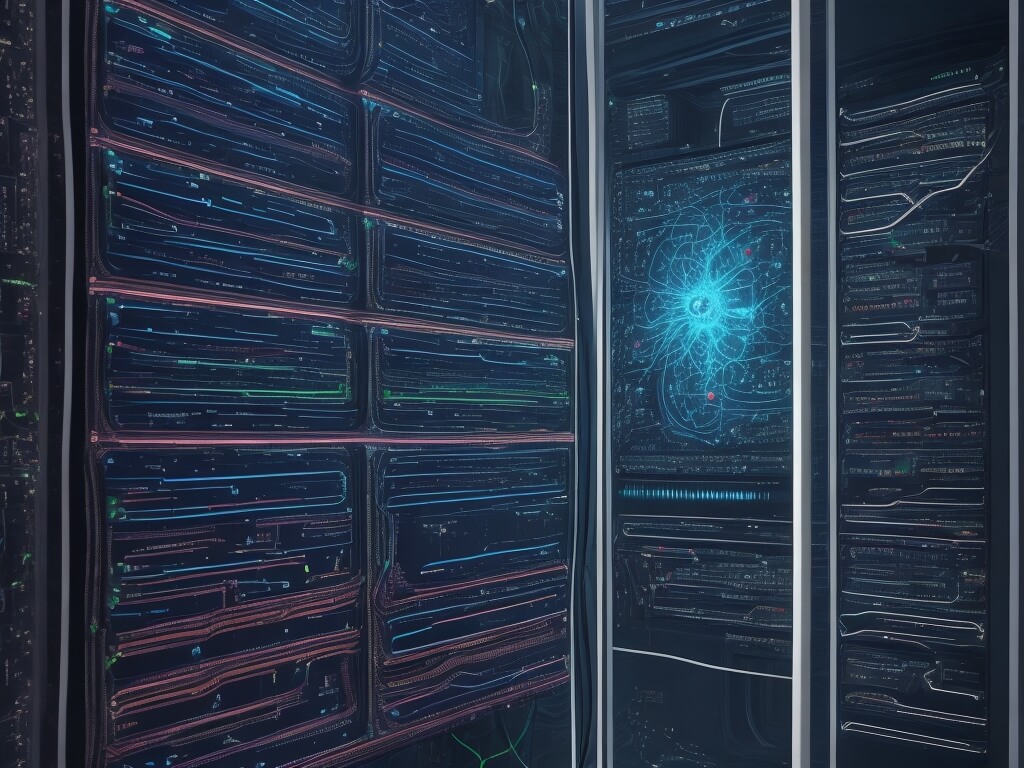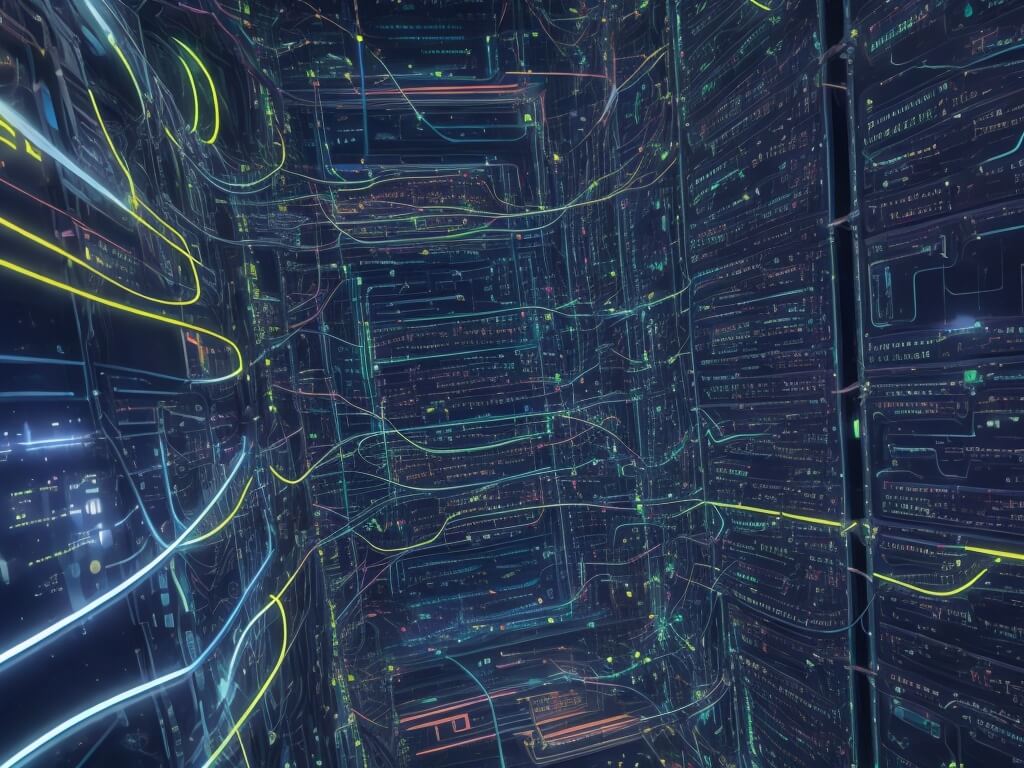
The growing need for powering advanced artificial intelligence models, such as the one driving ChatGPT, is paving the way for a burgeoning market in data centers that rely on unconventional energy sources.
As it stands, the current electricity supply, which predominantly fuels data centers, is already under strain due to existing demands on the nation’s power grids. Estimates from IT research and consulting firm Gartner suggest that AI could consume as much as 3.5% of the world’s electricity by 2030.
To address these challenges and meet sustainability objectives, industry giants like Amazon.com, Microsoft, and Google have taken the lead in exploring alternative energy sources like wind and solar for their data centers. The focus has expanded to include unconventional sources such as geothermal, nuclear, and flared gas—a byproduct of oil production.
Exafunction, the creator of the Codeium generative AI-based coding assistant, opted for energy startup Crusoe Energy Systems to train its large language models. Crusoe, initially a cryptocurrency mining operation, now converts flared gas into electricity to power its data centers, strategically located at oil wells in states like North Dakota, Colorado, and Wyoming.
Despite its innovative approach, Crusoe faces criticism for relying on the extraction and use of fossil fuels, known to harm the environment. In response, the company is diversifying its energy sources, exploring nuclear, geothermal, solar, and wind power.
AI startups, typically requiring five to 25 megawatts of data center power, are witnessing a shift in the energy landscape. Crusoe, projecting about 200 megawatts by year’s end, reflects this trend. Training AI models, such as OpenAI’s GPT-3, can be energy-intensive, consuming up to 10 gigawatt-hours, equivalent to the annual electricity usage of 1,000 U.S. homes.
Major cloud providers, capable of supplying multiple gigawatts of power, continue to invest in renewable and alternative energy sources to reduce environmental impact. Data centers presently contribute to 1% to 3% of global electricity consumption, emphasizing the need for sustainable practices.
Notably, companies like Amazon Web Services and Google Cloud are exploring advanced energy solutions, including nuclear and geothermal. OpenAI CEO Sam Altman’s investment in Oklo, a nuclear-fission startup, reflects the industry’s recognition of the energy demands AI systems will face in the future.
While “mini nuclear reactors” are being considered for scalability, their widespread availability may not occur until later in the decade. Developers, such as Standard Power, plan nuclear reactor-powered facilities, aiming to generate nearly 2 gigawatts of energy by 2029.
Microsoft, a key supporter of OpenAI, emphasizes the importance of a global clean energy supply to meet the rising consumption demands of AI. The broader data center market, experiencing robust growth due to the AI boom, faces challenges in sustaining energy-efficient practices as AI models and computing demands continue to grow.
The International Energy Agency warns that existing efficiency improvements won’t suffice to accommodate the expanding size of AI models. As ChatGPT and similar AI systems gain more users, the energy demands are expected to escalate, contributing to a net growth in AI-related energy consumption in the coming years.

